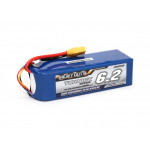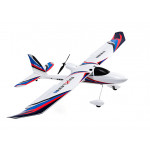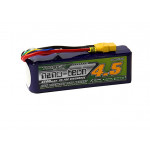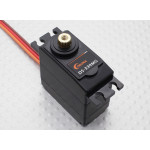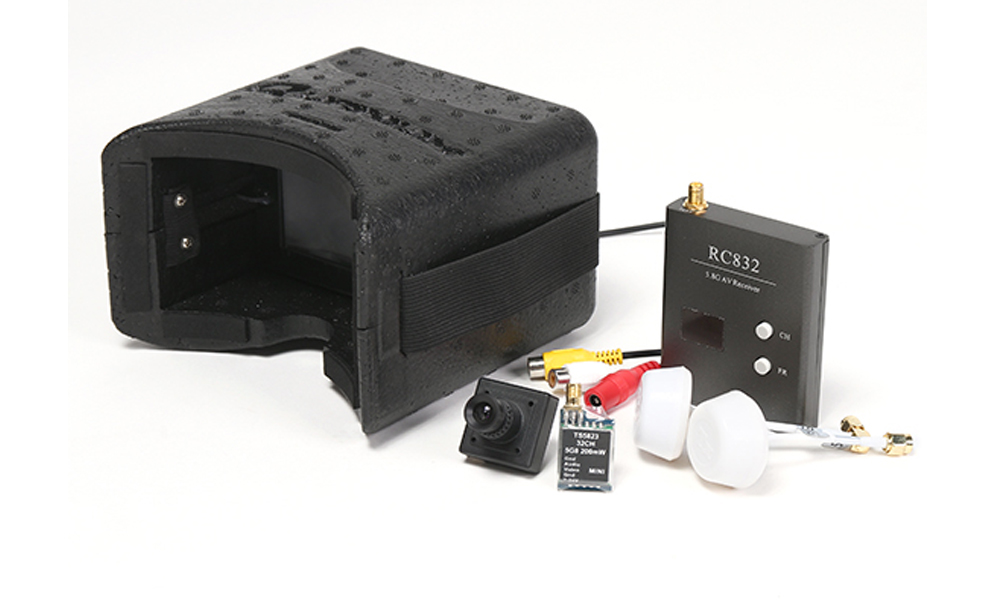
In case you missed Part 1 of our article on FPV, you can catch up here. In part two, we will explore the best type of FPV video transmitters and more.
How to Choose A Video Transmitter
The frequency of your FPV transmitter must match that of your goggles or base receiver. Today the technology has matured to the point where the 5.8gz band is the clear leader. This happened for a number of reasons, but mainly, legality, existing band usage, antenna size, and picture quality. There are other frequencies to choose from and depending on where you live they may be perfect for your application. There are different laws in each country so be sure to check as the fines are not insignificant and don’t assume that because you’ve seen it on the interwebs that it's legal. Your other options are 900Mhz (popular in the USA), 1.3Ghz, or 2.4Ghz to transmit your FPV video signal on. Do your homework first because you may end up with a useless system.
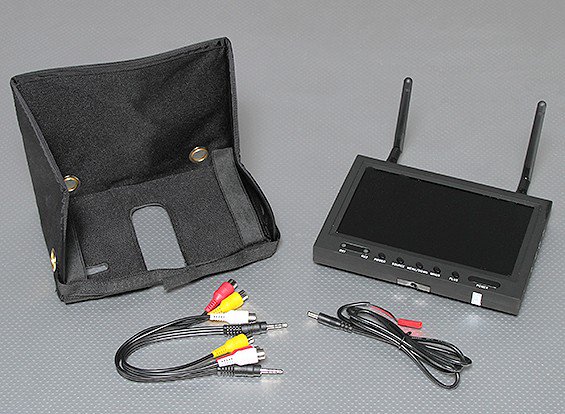 Depending on where you are in the world you probably have restrictions on the power output of the 5.8ghz video transmitter. Generally, this is between 25-200mw and whilst the 25mw is very low the 200mw is much more workable and I suggest this 200mw be a starting point. If it’s a long-range flight then this article is not for you however if you’re looking to fly in a lawful manner then there are options. Choosing a video transmitter really comes down to a few factors. Size, weight, transmitting frequency, transmission strength, channel frequencies, cost, and quality.
Depending on where you are in the world you probably have restrictions on the power output of the 5.8ghz video transmitter. Generally, this is between 25-200mw and whilst the 25mw is very low the 200mw is much more workable and I suggest this 200mw be a starting point. If it’s a long-range flight then this article is not for you however if you’re looking to fly in a lawful manner then there are options. Choosing a video transmitter really comes down to a few factors. Size, weight, transmitting frequency, transmission strength, channel frequencies, cost, and quality.
- Adjustable Power 25mW / 200mW 5.8GHz 48CH NTSC/PAL Mini VTX FPV Camera Combo (Cloverleaf Antenna)
- Plug & Play FPV 200-Set With TS5823 TX, RC832 RX, Sony CCD and Circular Polarized Antennas
Why is 5.8Ghz the best frequency?
There is no doubt that 5.8Ghz is by far the most popular frequency used for FPV. Whilst it is not technically the best, there are many more positives than negatives. The higher frequency of the 5.8ghz system allows for small transmitters and antennas. 20x20x20mm is the size of some of the best antennas. One of the drawbacks of 5.8ghz is the frequency lacks the ability to penetrate obstacles such as walls, trees, concrete although it has good picture clarity. We mentioned 900mhz earlier and this frequency can pass through objects easier but not legal without a license.
FPV Drone Antennas - What you need to know.
Believe it or not, but the antenna is one of the most important pieces of hardware within the FPV system. Choosing and using the best antenna for the task is critically important if you want to be successful in FPV.
Setting up FPV can be frustrating if you make the wrong choices because it just won’t give you a good result. In this guide, we’ll explain just what all those antennas do and in what situation they are best suited.
What Does an Antenna Do?
An Antenna or an aerial is an electrical device which converts electric power into radio waves and vice versa. A radio transmitter supplies an electric current oscillating at radio frequency (i.e. a 5.8ghz) to the antenna's terminals, and the antenna radiates the energy from the current as electromagnetic waves (radio waves). In reception, an antenna intercepts some of the power of an electromagnetic wave in order to produce a tiny voltage at its terminals, that is applied to a receiver to be amplified. Using the best antenna for the application is the key to successful FPV flying.
What antennas should I use for FPV?
An excellent antenna to start with would be a cloverleaf antenna on your receiver and a skew planar antenna on your video transmitter. Some FPV kits already include these antennas, but if not, all good hobby shops will sell them in either left or right hand polarized sets and they are essential for FPV flying. Price is not always indicative of the quality and precision of the antenna. As an example, Aomway antennas generally outperform Fatshark antennas which are four times the price. When comparing the same type of antenna from different manufacturers, be sure to read the reviews of others.
As you become more familiar with FPV flying and you desire more range you can upgrade to more directional systems such as a helical antenna.
Circular polarized (CP) antennas
Circular polarized (CP) antennas are now widely accepted as an antenna to use in FPV and they really opened the door for FPV to succeed. Antenna polarization is a very important consideration when choosing an antenna and can mean as much as a 20db in the signal loss if the receiver and transmitter antenna is not using the same polarization. Most manufacturers build right-handed circular polarization, however, left-handed polarization is readily available and very handy to have in your flight box. If you find yourself in an area with interference try a left-handed polarized antenna.
What does left hand or right hand polarize mean?
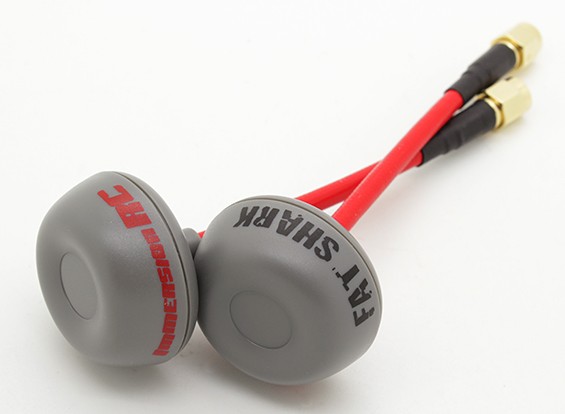 This simply refers to the direction of the corkscrew signal that emits from the antenna. LHCP is not compatible with RHCP, so if using circularly polarized antennas you need to make sure that both the transmitter and receiver both have either RHCP or LHCP antennas.
This simply refers to the direction of the corkscrew signal that emits from the antenna. LHCP is not compatible with RHCP, so if using circularly polarized antennas you need to make sure that both the transmitter and receiver both have either RHCP or LHCP antennas.
When to use Circular Polarization
- General aircraft or Drone Flying
- Aerobatic flying
- In any aircraft where the flight envelope will cause the antenna polarization to move out of phase.
When to use Linear Polarized antennas
- Space limitations (Tinywoop)
- Stable multirotor camera-ship (Quanum Aperture)
Antenna Frequency
Antennas are tuned to a specific frequency and are not interchangeable with other frequencies. For example, you cannot use a 900mhz antenna in place of a 5.8ghz antenna. You will notice that there is a significant difference in size between a 900mhz and 5.8ghz antenna. This is no mistake given antennas are designed to receive a radio frequency wave of a specific size. Lower frequency antennas tend to be bigger in general than the higher frequency antennas. Obviously, it would be quite difficult to fly around with a massive bulky antenna and this has led to the pilots gravitating to 5.8Ghz FPV video systems.
Antenna Polarization
An antenna is a transducer that converts radio frequency electric current to electromagnetic waves that are then radiated into space. The electric field plane determines the polarization or orientation of the radio wave. In general, most antennas radiate either linear or circular polarized.
A linear polarized antenna radiates wholly in one plane containing the direction of propagation. Where a circularly polarised antenna, the plane of polarisation rotates in a circle making one complete revolution during one period of the wave. If the rotation is clockwise looking in the direction of propagation, the sense is called right-hand-circular (RHC). If the rotation is counterclockwise, the sense is called left-hand-circular (LHC).
Linear and circularly polarized antennas are the two main categories of antennas the FPV pilots will come into contact with.
Linea antennas were the very first antennas that we used in FPV, however, most found them lacking. The linear radiation pattern meant that as you banked/rolled an aircraft the video signal was lost. For this reason, they are ineligible for FPV flying and should not be used. A dipole antenna is easy enough to identify and look like a rubber ducky.
FPV Video Transmitter Installation Best Practice
Layout your parts and attempt to dry-fit them together before you start cutting, sawing, and soldering.
You will want to do four things;
- Ensure that you leave as much distance as possible between the video transmitter and your radio receiver. Although these items are on different frequencies if they are close to one another the strong output is enough to swamp the receiver and cause you to lose control when you least expect it.
- Keep your wires as short as possible. Excess wire is excess weight so lose it because for every additional gram you’re reducing your flight time.
- Do not use 5.8 GHz antenna extension cables as you will seriously degrade the signal.
- Don’t use a massive output transmitter as you’re not likely to get a better signal. Almost everyone uses 200mw these days, so if you’re getting a bad picture go back over the discussions here, Focus on your antennas as this will likely be your issue.
Now you have the rundown on everything you need to know about FPV. But as mentioned in Part One, you can always go online and find out even more about FPV.
Happy Landings

